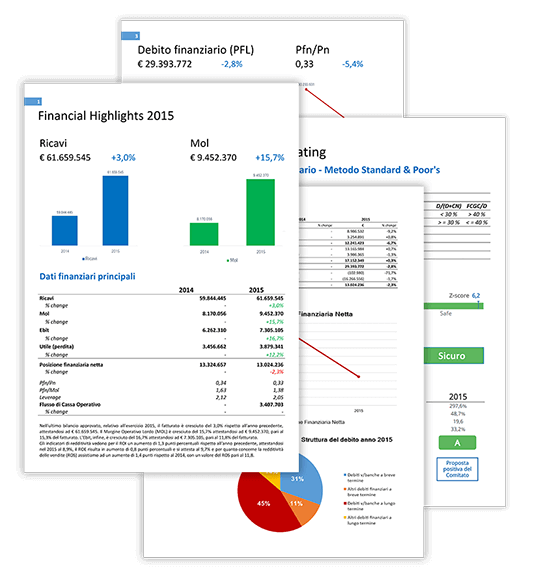
In a world where information is power and appearances matter, there’s no denying the allure of presenting yourself as financially stable or even prosperous. The saying goes, “Fake it till you make it,” but when it comes to financial matters, how far can one go? The question that often arises is, “Is it possible to make fake bank statements?” In this article, we’ll dive into the world of counterfeit financial documents, exploring whether creating fake bank statements is feasible, the risks involved, and the consequences of such actions.
The Allure of Fake Bank Statements
1. The Desire for Appearances
In a society that often measures success by the contents of one’s bank account, the temptation to enhance one’s financial image can be strong. Individuals might consider producing fake bank statements for various reasons:
- Impressing Others: Whether it’s a potential romantic partner, a business associate, or even friends and family, some individuals create fake bank statements to impress others with their apparent wealth.
- Gaining Credit: When applying for loans, mortgages, or credit cards, people may be inclined to present inflated financial statements to improve their chances of approval or secure more favorable terms.
- Avoiding Judgment: Some individuals feel the need to mask their financial difficulties to avoid judgment or maintain a certain social standing.
2. The Ease of Digital Manipulation
In today’s digital age, manipulating documents has become easier than ever. With access to various software tools and online tutorials, one might assume that creating counterfeit bank statements is a straightforward task. But is it really that simple?
Read it: Decoding Your Financial Journey: The Bank Statement Santander Unveiled!
Is It Possible to Make Fake Bank Statements?
1. The Digital Dilemma
In theory, it is indeed possible to create fake bank statements using digital tools. However, several significant hurdles and ethical concerns must be addressed:
- Authenticity: Bank statements typically include intricate security features, watermarks, and QR codes that are challenging to replicate accurately. Any discrepancy could raise suspicion.
- Digital Forensics: Banks and financial institutions employ digital forensics experts who can detect manipulated documents. Once caught, the consequences can be severe.
- Legal Ramifications: Creating and using fake bank statement is illegal in most jurisdictions. If caught, perpetrators may face fines, imprisonment, or both.
Read it: The Dangers of Fake Order Forms: Protecting Your Business and Customers
2. The Ethical Quandary
Apart from the legal risks, creating fake bank statements raises serious ethical questions. Is it worth jeopardizing your integrity, credibility, and possibly your freedom to maintain a facade of financial prosperity?
- Trust: Deception erodes trust in personal and professional relationships. Once your deceit is exposed, rebuilding trust can be a challenging, if not impossible, task.
- Long-Term Consequences: The consequences of getting caught can haunt you for years, affecting your reputation, employability, and even your ability to secure financial services in the future.
- Self-Reflection: Instead of resorting to dishonesty, consider reflecting on your financial situation and working toward genuine improvement. Seeking advice from financial experts or credit counseling agencies can be a more fruitful path.



